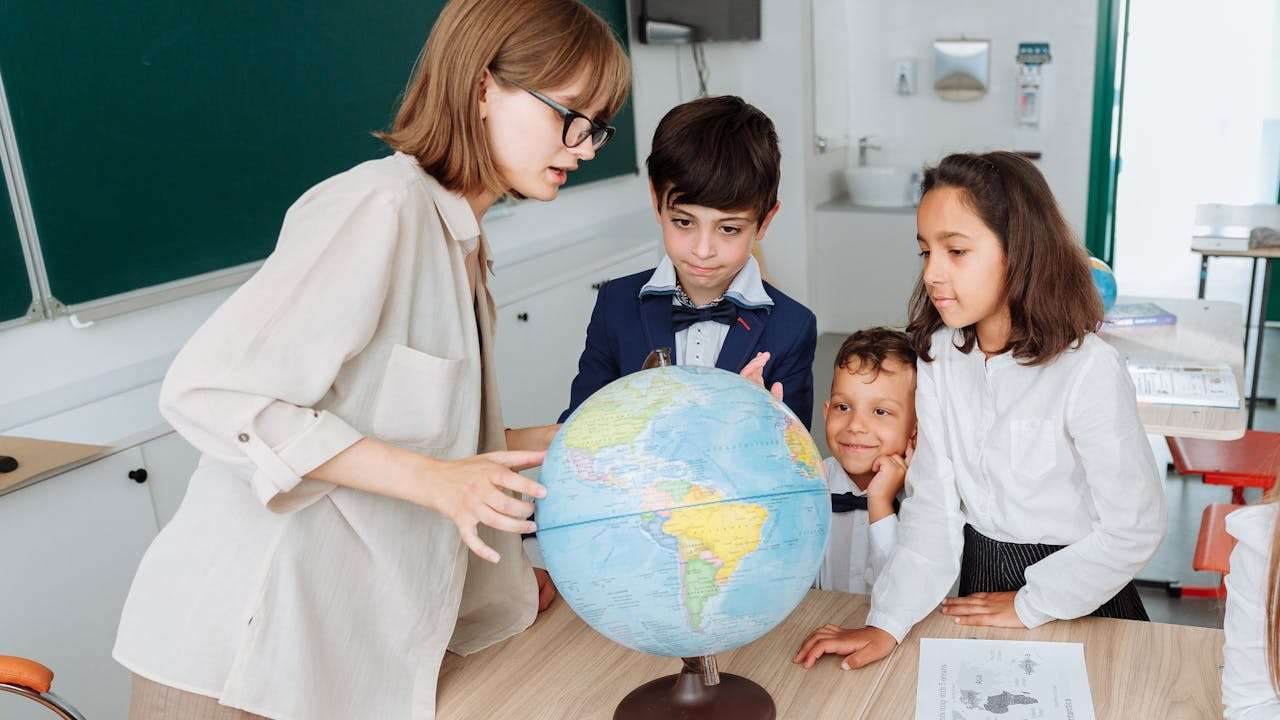Geography education stands as a gateway to understanding the world around us, from the rugged landscapes of mountain ranges to the bustling metropolises of urban centers. It encompasses the study of Earth’s physical features, human societies, and the complex interactions between the two. By delving into the depths of geography education, we embark on a journey of discovery, unraveling the mysteries of our planet and cultivating a deeper appreciation for its diversity and interconnectedness.
The Essence of Geography Education
At its core, geography education seeks to foster spatial awareness, critical thinking, and global citizenship. It encompasses a broad range of topics, including physical geography, human geography, environmental science, and geopolitics. Through the study of geography, students learn about the Earth’s natural processes, such as weathering, erosion, and plate tectonics, as well as the ways in which human activities shape the landscape. They explore the distribution of resources, population patterns, and cultural landscapes, gaining insight into the diverse cultures, societies, and environments that make up our world.
Navigating the Geography Curriculum
The geography curriculum covers a wide range of topics, reflecting the interdisciplinary nature of the field. Students learn about the physical features of the Earth, such as mountains, rivers, and oceans, and how they influence weather patterns, climate, and ecosystems. They also study the human geography of different regions, including population dynamics, economic activities, and cultural traditions. Geography education often incorporates hands-on learning experiences, such as map reading, fieldwork, and geographic information systems (GIS), allowing students to apply their knowledge in real-world contexts.
Fostering Spatial Awareness and Critical Thinking
One of the primary goals of geography education is to foster spatial awareness and critical thinking skills. By studying maps, globes, and spatial data, students learn to interpret spatial relationships, analyze patterns, and make connections between different geographic phenomena. They also develop critical thinking skills, learning to evaluate sources of information, consider multiple perspectives, and draw evidence-based conclusions. Through inquiry-based learning activities, such as case studies and research projects, students engage in active exploration of geographic concepts and apply their knowledge to solve real-world problems.
Promoting Environmental Stewardship and Sustainability
Geography education plays a crucial role in promoting environmental stewardship and sustainability by raising awareness of the interconnectedness of human societies and the natural environment. Students learn about the impact of human activities on the environment, such as deforestation, pollution, and climate change, and explore strategies for mitigating these impacts. They also study the concept of sustainable development, examining ways to balance economic growth with environmental conservation and social equity. By instilling a sense of responsibility for the planet and its resources, geography education empowers students to become active agents of positive change in their communities and beyond.
Embracing Technological Innovation
In the digital age, geography education is evolving to embrace new technologies and innovative teaching methods. Geographic information systems (GIS), satellite imagery, and digital mapping tools are revolutionizing the way students learn about the world. These technologies allow students to explore geographic data, create interactive maps, and analyze spatial patterns with unprecedented accuracy and precision. Geography education also incorporates virtual field trips, online simulations, and interactive multimedia resources, providing students with immersive learning experiences that bring the world to life.
Challenges and Opportunities
Despite its importance, geography education faces a range of challenges, including limited instructional time, standardized testing pressures, and a lack of resources. Additionally, geographic literacy rates vary widely across different regions and demographic groups, highlighting the need for greater equity and access to geography education. However, these challenges also present opportunities for innovation and reform. Educators are exploring new approaches to teaching geography, such as project-based learning, place-based education, and citizen science initiatives. They are also collaborating with community organizations, government agencies, and other stakeholders to promote geographic literacy and raise awareness of the importance of geography education in today’s interconnected world.
Nurturing Global Citizens
In conclusion, geography education is essential for nurturing global citizens who are equipped with the knowledge, skills, and values necessary to understand and appreciate the complexities of our world. By fostering spatial awareness, critical thinking, and environmental stewardship, geography education empowers students to become informed and engaged citizens who are capable of addressing the challenges facing our planet. As we continue to navigate the ever-changing landscape of education, it is essential to prioritize geography education and ensure that all students have access to a comprehensive and inclusive curriculum that fosters a deeper understanding of the world and our place within it.

